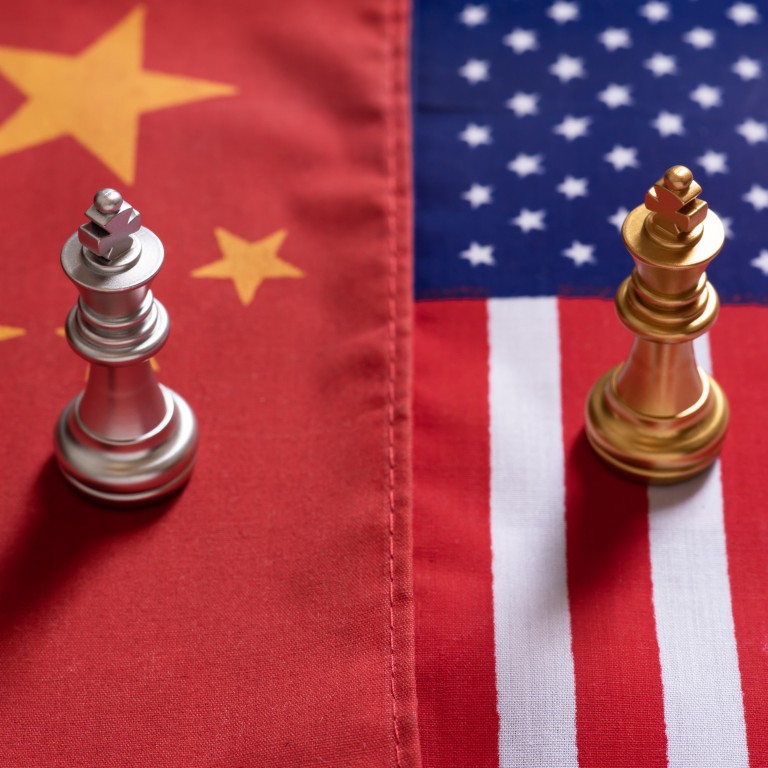
US-China trade: as barriers remain to a trade solution, analysts stress need to get on the same page
- Trying to impose one’s economic will on another country will get them nowhere, experts say
- In the end, they say, both sides will do what they feel is best for their country and people
In light of controversial subsidies that China hands out to bolster its strategic sectors, the United States is holding firm in advocating for what it considers a fair trade environment.
Yet, analysts say it remains difficult for one country to impose its economic will on others. And opposing viewpoints on trade remain a key barrier to the US and China returning to the negotiating table to create a more viable trade solution.
What are China’s industrial subsidies and why are they so controversial?
But Benjamin Kostrzewa, a foreign legal consultant at Hogan Lovells and a former assistant general counsel with the Office of the US Trade Representative (USTR), offered a different perspective.
“The US subsidies are not of the same size and scale as China’s, and many of them are [World Trade Organization]-consistent. For example, agricultural policies,” he said. “China’s industrial policies are far more wide-ranging and have expanded in the past few years to encourage state-owned enterprises rather than private enterprises.”
The bill is seen as a way to enhance the competitiveness of American companies, with regard to China, at a time when both countries remain in a protracted tech rivalry.
Kostrzewa also noted that creating a “level playing field” remains a primary goal for the USTR. And in response to China’s domestic subsidies, the USTR may consider initiating another Section 301 investigation – the statute used by the last administration in 2018 to impose widespread tariffs on imports from China. Doing so could lead to more tariffs on Chinese goods such as electronics.
Other possibilities include the imposition of anti-dumping or countervailing duties on Chinese goods, or even targeting specific Chinese companies for retribution.
“China has made many reforms over the past 20 years, but [it] also has not gone as far as many have hoped after its accession to the WTO,” Kostrzewa said. “Given the volatility, hopefully both sides can continue to find ways to work together and avoid needless conflicts.”
US-China trade deal a ‘historic failure’, misses target by over 40 per cent
“These [options] have serious support in the US Congress,” he added. “Of course, they aren’t direct responses to Chinese subsidies but could be part of a broader, multipronged effort to confront China.”
The WTO prohibits subsidies that are intended to promote exports, as well as those that adversely affect other WTO members. If such subsidies are given, the affected member states may take action, usually via tariffs.
William Alan Reinsch, an expert in international business at the Centre for Strategic and International Studies, said: “The US can impose [additional] costs on China, but in the end, China’s government will do what it thinks is best for China. Just as the US government will do what it thinks is best for the US.”
Reinsch also explained if a Chinese manufacturer infringes on a US patent, US law permits the government to block the products from entering the US. In addition, the US export-control system is designed to prevent the export of critical technology to countries that could use it for military purposes, which might pose a threat to US national security.


